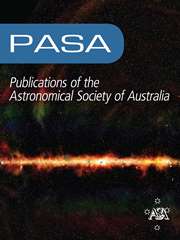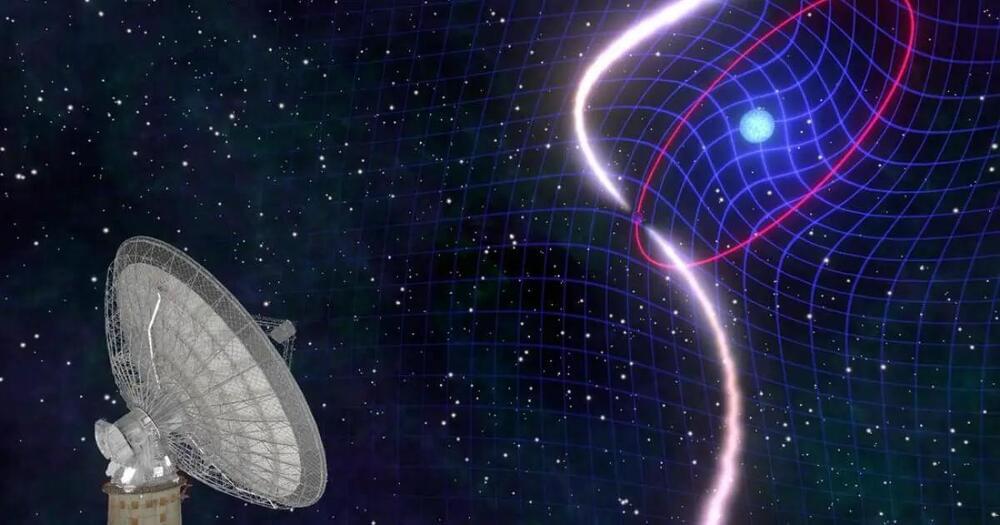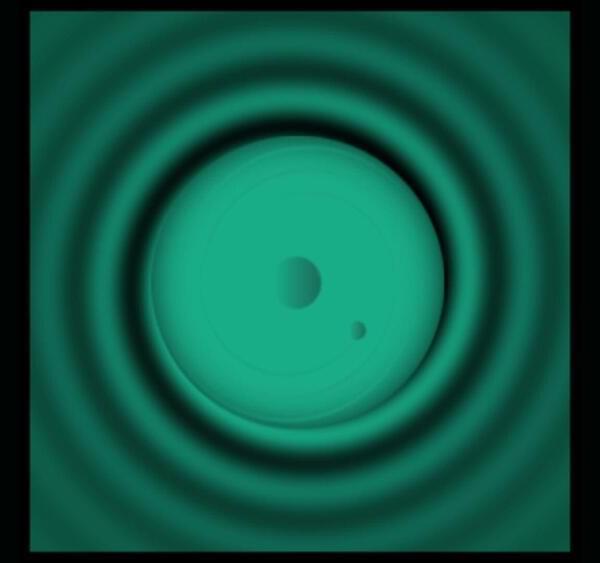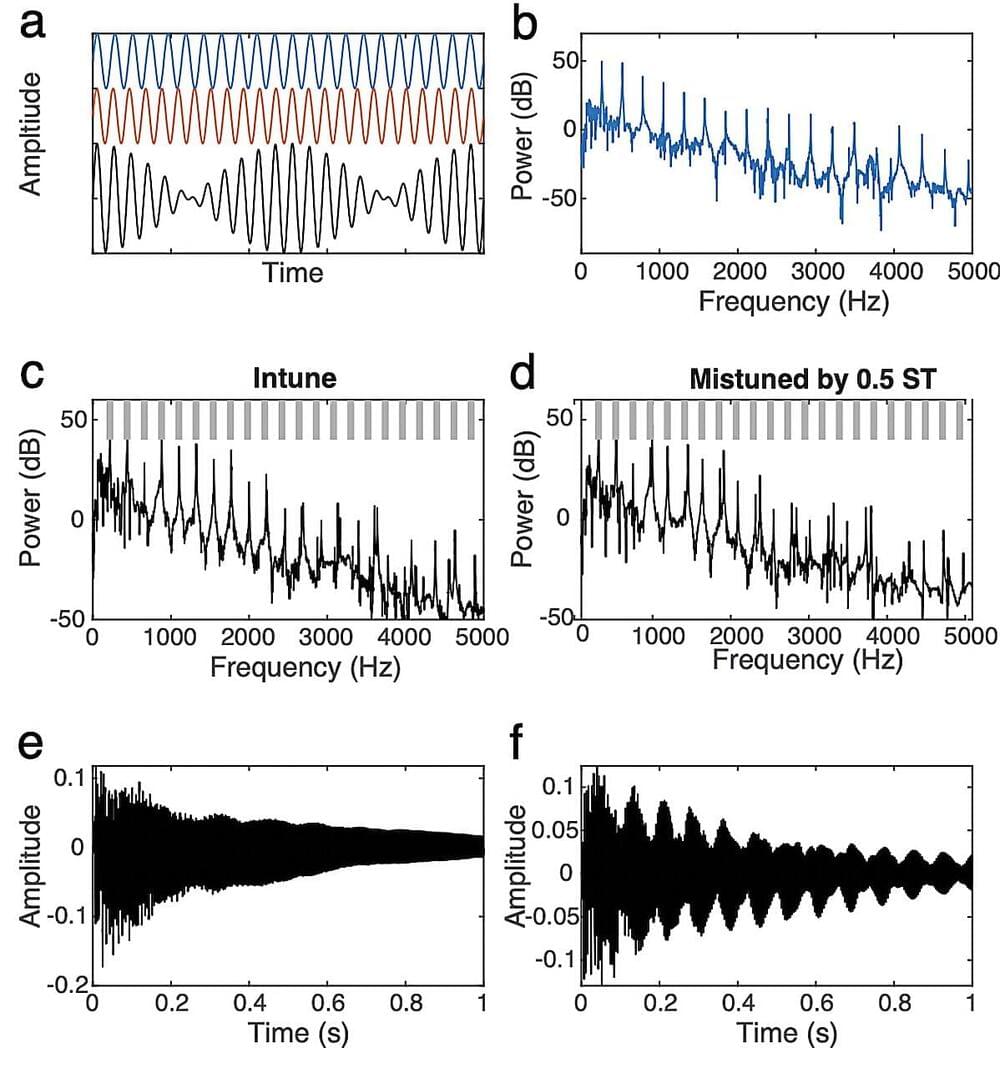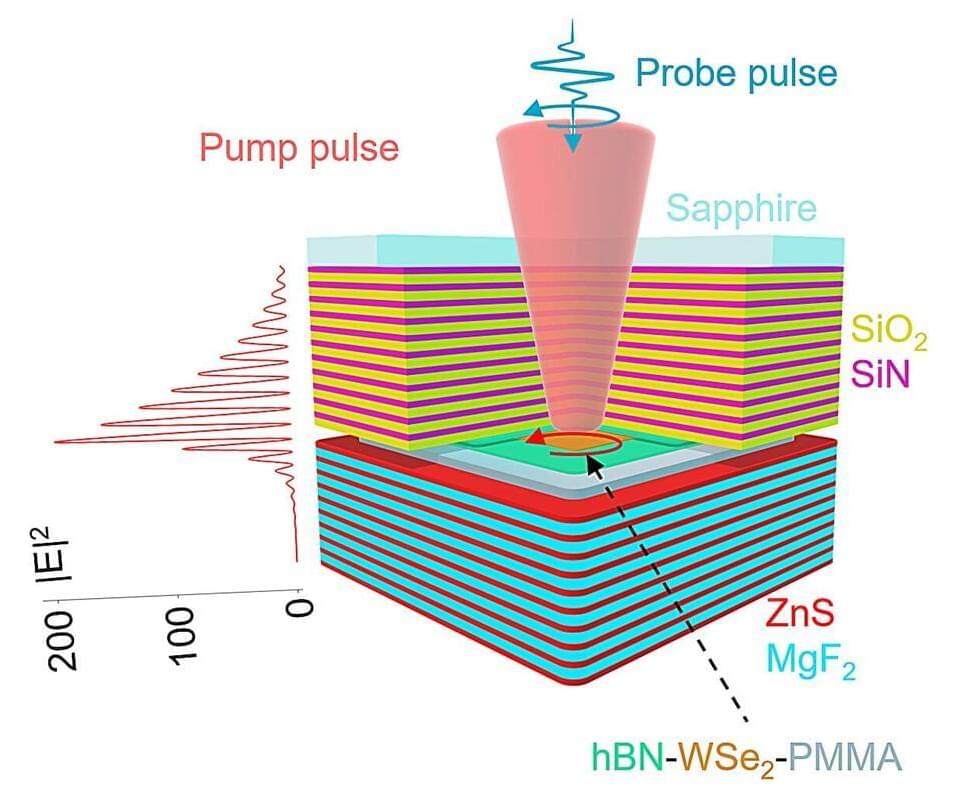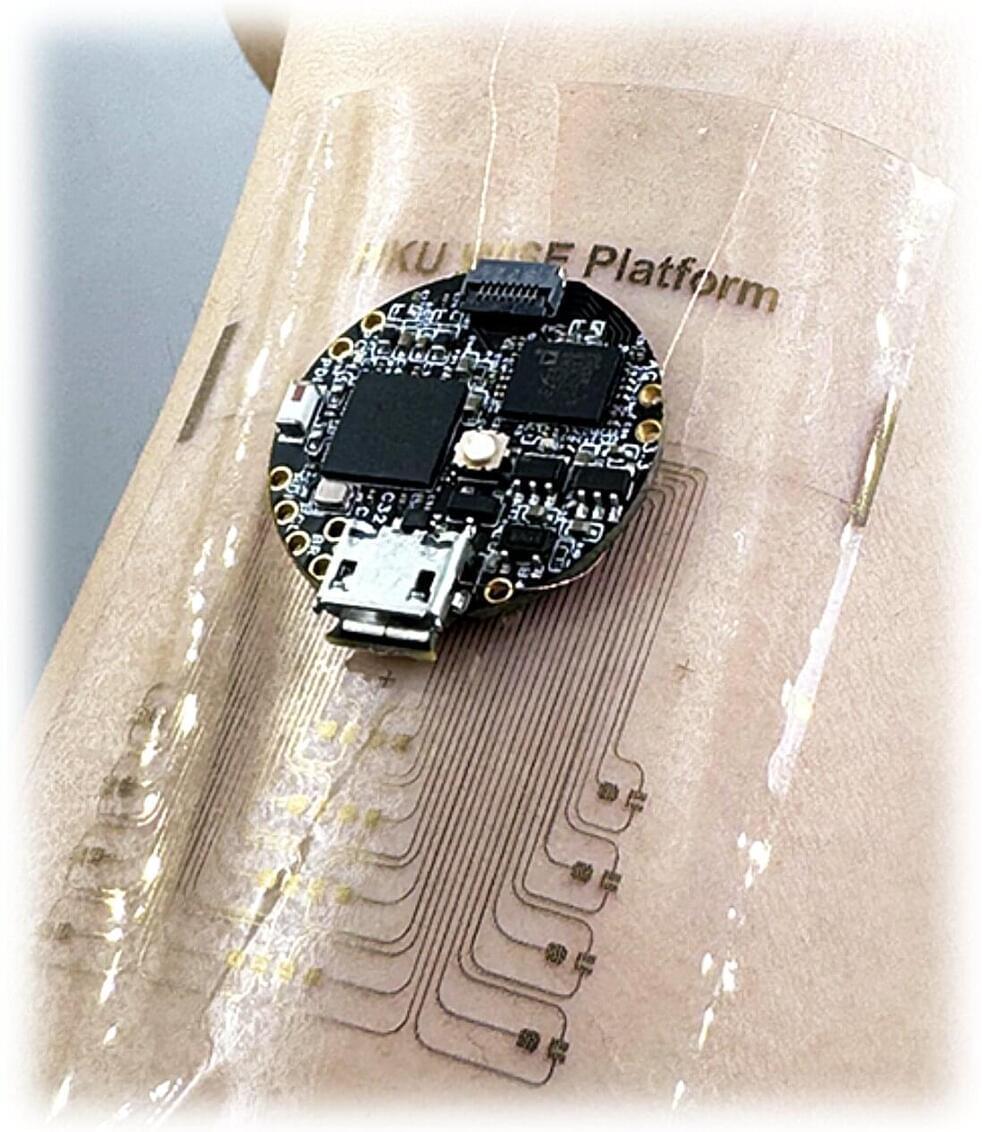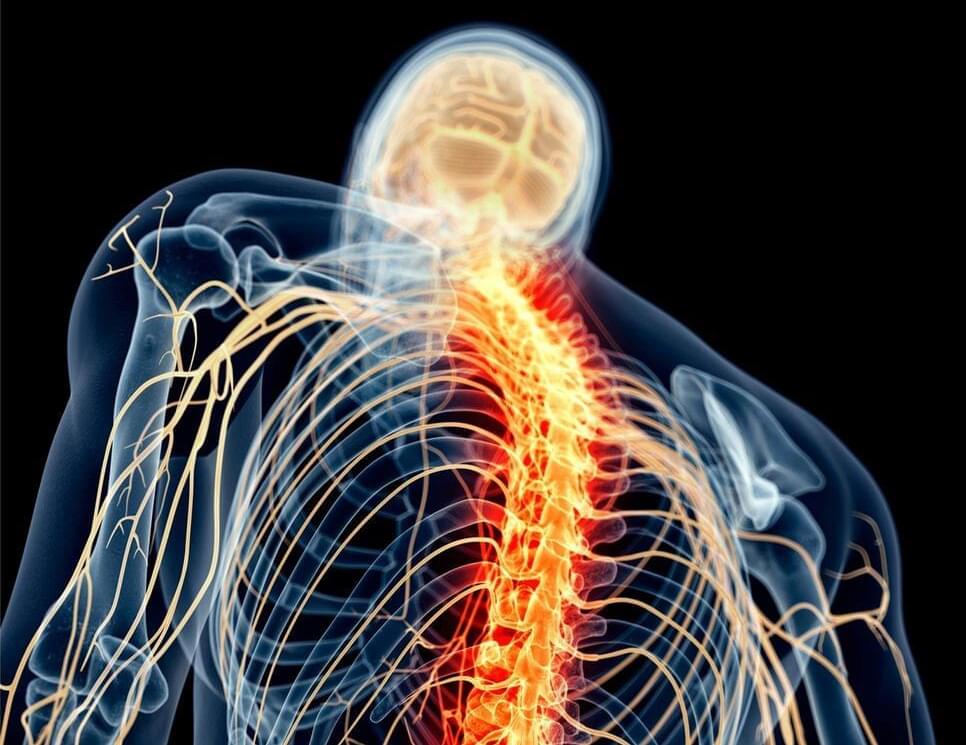Oct 20, 2024
The Rapid ASKAP Continuum Survey I: Design and first results
Posted by Saúl Morales Rodriguéz in categories: futurism, space
The Rapid ASKAP Continuum Survey (RACS) is the first large-area survey to be conducted with the full 36-antenna Australian Square Kilometre Array Pathfinder (ASKAP) telescope. RACS will provide a shallow model of the ASKAP sky that will aid the calibration of future deep ASKAP surveys. RACS will cover the whole sky visible from the ASKAP site in Western Australia and will cover the full ASKAP band of 700‑1800 MHz. The RACS images are generally deeper than the existing NRAO VLA Sky Survey and Sydney University Molonglo Sky Survey radio surveys and have better spatial resolution. All RACS survey products will be public, including radio images (with  $\sim$15 arcsec resolution) and catalogues of about three million source components with spectral index and polarisation information. In this paper, we present a description of the RACS survey and the first data release of 903 images covering the sky south of declination
$\sim$15 arcsec resolution) and catalogues of about three million source components with spectral index and polarisation information. In this paper, we present a description of the RACS survey and the first data release of 903 images covering the sky south of declination  $+41^\circ$ made over a 288-MHz band centred at 887.5 MHz.
$+41^\circ$ made over a 288-MHz band centred at 887.5 MHz.
